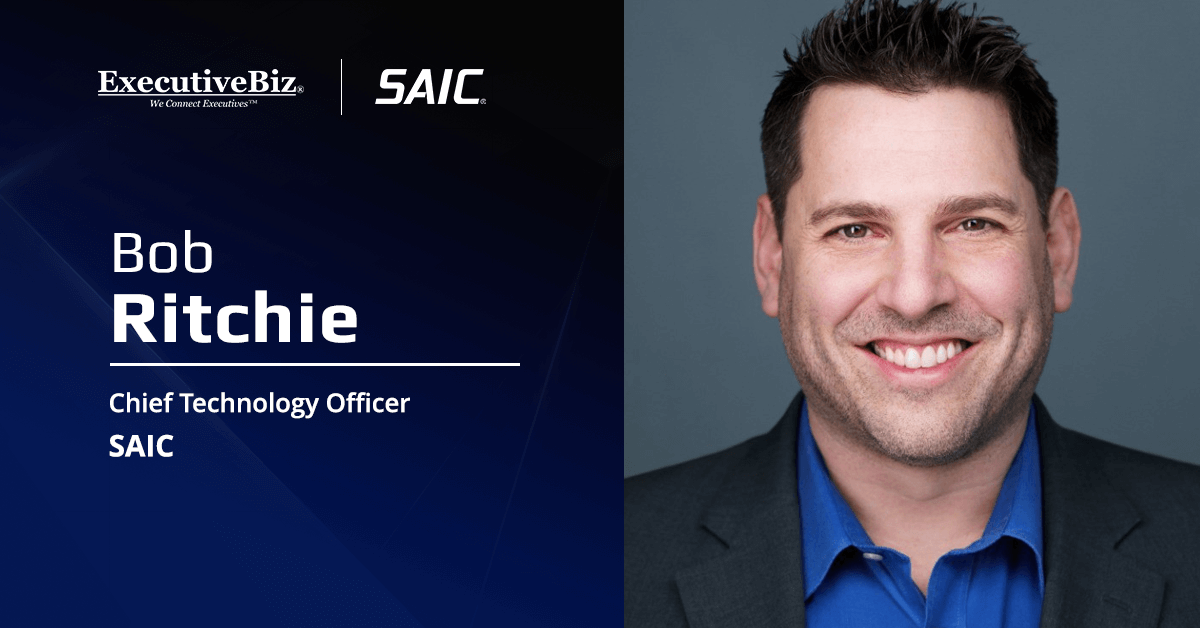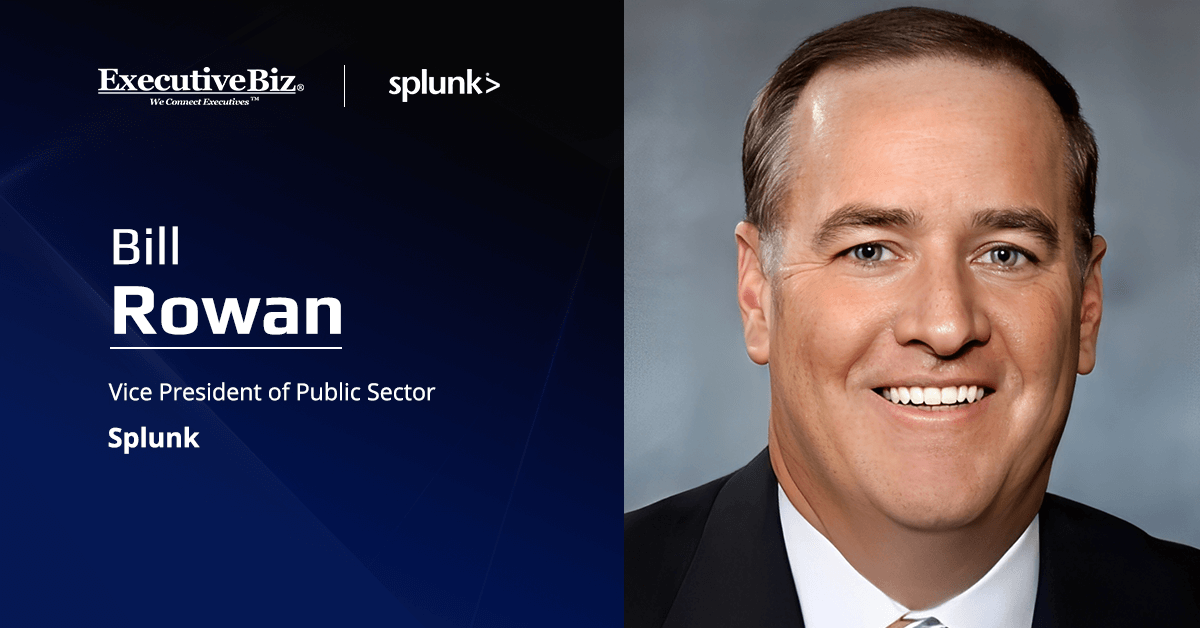Bob Ritchie, chief technology officer at SAIC, said mission integration could help federal agencies deliver transformational, mission-critical outcomes by combining emerging technologies and commercial platforms with existing systems.
“By leveraging deep mission experience, advanced technology expertise and a collaborative ecosystem of stakeholders, mission integration ensures the security, agility and interoperability of critical capabilities to advance national priorities,” Ritchie wrote in an article published on SAIC’s website.
In this piece, the CTO cited some of the key findings of the SAIC 2025 U.S. Federal Leaders Mission Integration Survey. In this study, the company surveyed 153 senior federal government and military leaders to understand their views on the challenges, implementation and potential of mission integration. SAIC tapped Market Strategy Group to conduct an online survey between May 9 and May 22.
In relation to federal IT modernization, 87 percent of federal defense, intelligence and civilian leaders surveyed said they consider mission integration as a significant or massive contribution to service or agency success. The study also found a 56 percent achievement gap between strategic intent and operational impact.
Mission Integration Maturity Phases
Ritchie noted that federal agencies are at various phases when it comes to mission integration maturity. About 72 percent of federal organizations are in the advancing or optimizing phases in achieving mission integration.
Only 31 percent of organizations have reached the optimization phase, while 68 percent have yet to achieve the optimizing phase.
External & Internal Challenges to Mission Success
SAIC asked the respondents about the top external challenges to operationalizing mission integration. Their answers include rapid technological change, public and political scrutiny and geopolitical understanding. Internal challenges to mission success include process inefficiency, workforce readiness gaps, aging infrastructure, talent and recruitment retention, data silos and interoperability.
Mission Integration Best Practices
According to the SAIC executive, federal leaders cited four key factors or practices that play a role in the successful deployment of mission integration within their organizations and these are strategic, outside-in perspectives on current and future mission environments; enhanced agility and adaptability in procurement and contract execution; commitment to efficiency with immediate execution and ongoing cost reduction; and commitment to using secure, open-source systems.
“Federal leaders have developed a mission integration mindset—a near universal embrace of mission integration as a driver of success. This understanding is a necessary first step to implementing mission integration broadly across federal defense, intelligence and civilian organizations,” Ritchie wrote.
“The more intentional that leaders are about this implementation, the better the outcomes they deliver. When deployed with consistency, mission integration becomes an outcomes multiplier— and one that is required for today’s complex mission environments,” he added.





